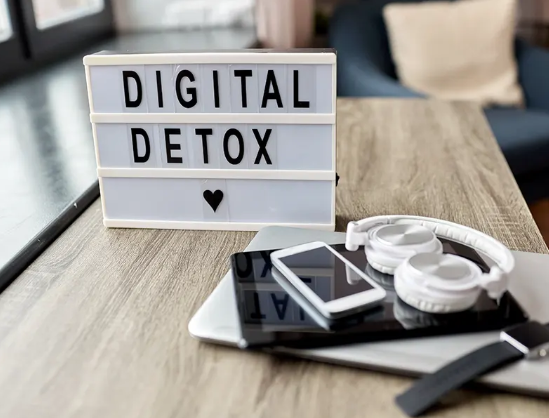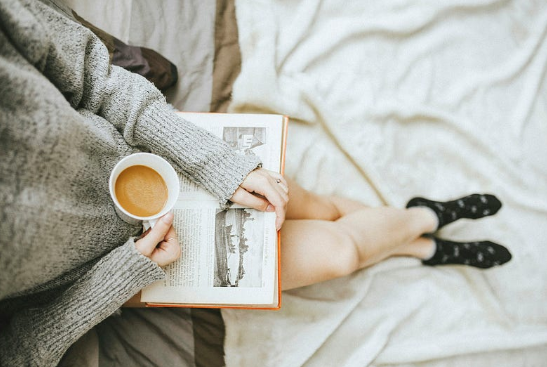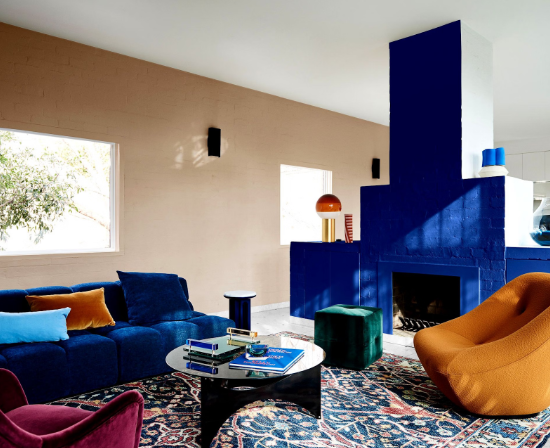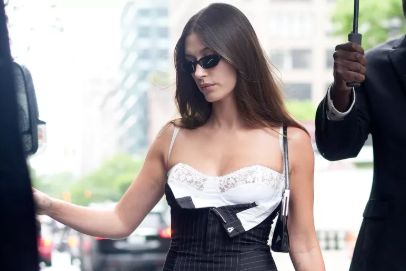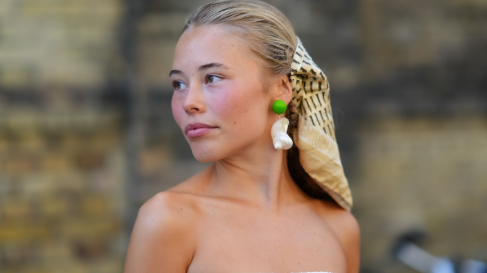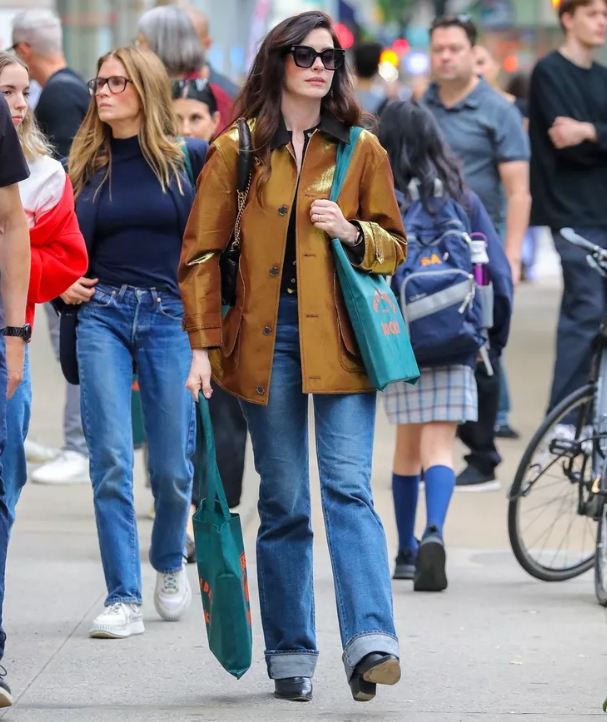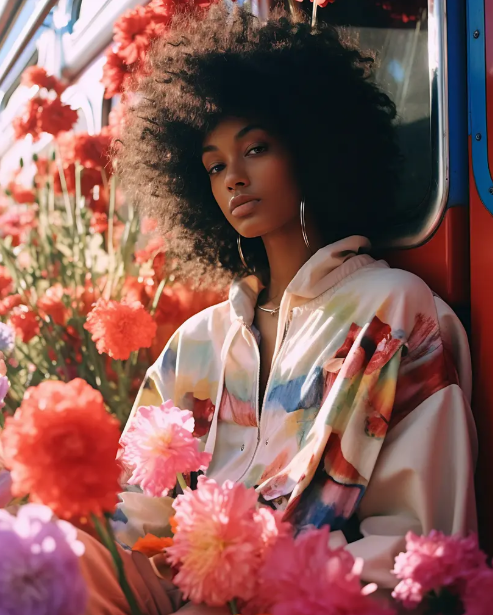Makeup has played a significant role in human history, serving as a form of self-expression, cultural identity, and beauty enhancement. From ancient civilizations to the modern beauty industry, makeup has evolved in fascinating ways. Let’s explore the journey of cosmetics through time.

1. Ancient Beginnings: Egypt and Mesopotamia
One of the earliest recorded uses of makeup dates back to Ancient Egypt (circa 4000 BCE). Egyptians, both men and women, applied kohl (a mixture of lead, copper, and ash) around their eyes to reduce glare from the sun and ward off evil spirits. They also used red ochre to tint their lips and cheeks, believing that makeup had protective and spiritual properties.
Meanwhile, in Mesopotamia, wealthy individuals used ground gemstones and minerals to decorate their eyes and lips. The use of cosmetics was not just for beauty but also a symbol of status and religious significance.

2. Ancient Greece and Rome: Beauty as a Status Symbol
In Ancient Greece, beauty was highly valued, and makeup was used subtly to enhance natural features. Women used white lead powder to achieve a pale complexion and applied red pigments made from berries to their lips and cheeks. However, excessive makeup was sometimes associated with courtesans rather than noblewomen.
Roman women took beauty to another level, utilizing saffron, ochre, and wine-based dyes for cosmetic purposes. They also used skin-whitening formulas and elaborate perfumes. However, their love for lead-based face powders often resulted in serious health issues.
3. The Middle Ages: A More Reserved Approach
During the Middle Ages, makeup use declined due to religious beliefs that associated cosmetics with vanity and immorality. Pale skin was still desirable, so noblewomen avoided the sun and sometimes used toxic substances like lead and arsenic to achieve a ghostly complexion. Red lips and rosy cheeks were frowned upon, as natural beauty was considered more virtuous.
4. The Renaissance and Baroque Eras: Makeup as an Art Form
During the Renaissance (15th-16th centuries), makeup made a comeback, with women using white lead powders to maintain their pale complexion. Queen Elizabeth I popularized the dramatic, porcelain-like face, often using egg whites and vinegar to create a smooth finish.
By the Baroque period (17th century), beauty standards shifted towards exaggeration. Wealthy women and men wore elaborate wigs, painted beauty marks, and heavily powdered their faces with scented cosmetics. Despite its popularity, many of these products contained mercury and lead, causing long-term health damage.
5. The 19th and Early 20th Century: A Shift Towards Natural Beauty
By the Victorian Era (19th century), makeup was again seen as improper for respectable women, associated instead with actresses and prostitutes. Women turned to natural remedies, such as beet juice for lip stains and rice powder for mattifying the skin.
However, by the early 20th century, the beauty industry boomed. Pioneering brands like Max Factor, Coty, and Maybelline introduced commercialized makeup, making it more accessible. Red lipstick became a symbol of women’s empowerment during World War II, and Hollywood stars like Marilyn Monroe popularized glamorous beauty trends.

6. The Modern Beauty Industry: Innovation and Inclusivity
Today, makeup is a multi-billion-dollar industry, constantly evolving with new technologies and trends. From high-performance foundations to cruelty-free, organic formulas, the beauty industry has embraced innovation. Inclusivity has also become a focal point, with brands creating diverse shade ranges and products catering to all skin tones and gender identities.
The rise of social media influencers and beauty vloggers has further revolutionized how makeup is marketed and used. Trends like contouring, glass skin, and bold artistic makeup have gained popularity, allowing individuals to experiment with their looks like never before.
Final Thoughts
From ancient kohl-lined eyes to today’s cutting-edge beauty innovations, makeup has been a powerful tool for self-expression and cultural identity throughout history. As the industry continues to grow, the future of makeup promises even more creativity, sustainability, and inclusivity.




